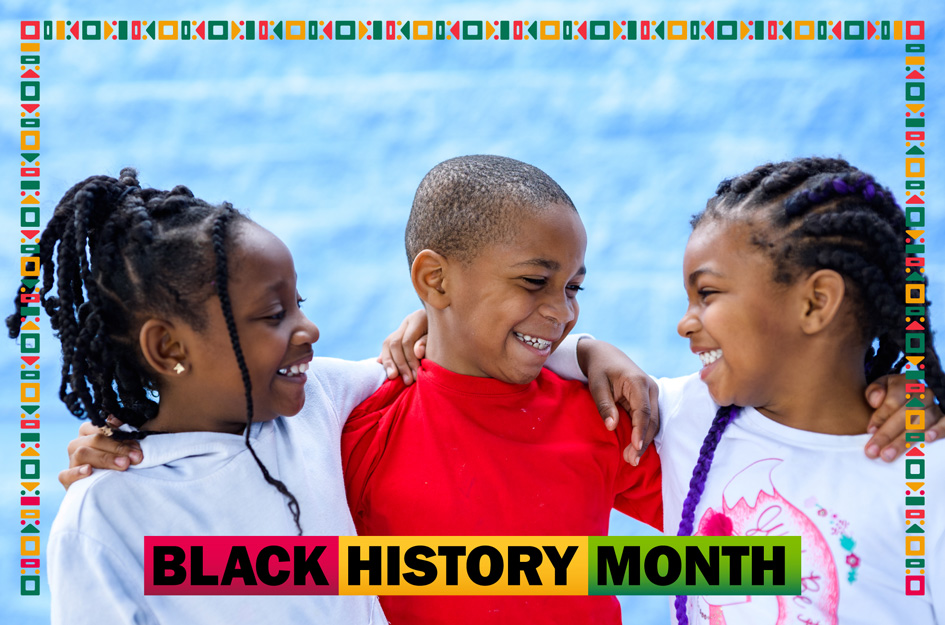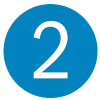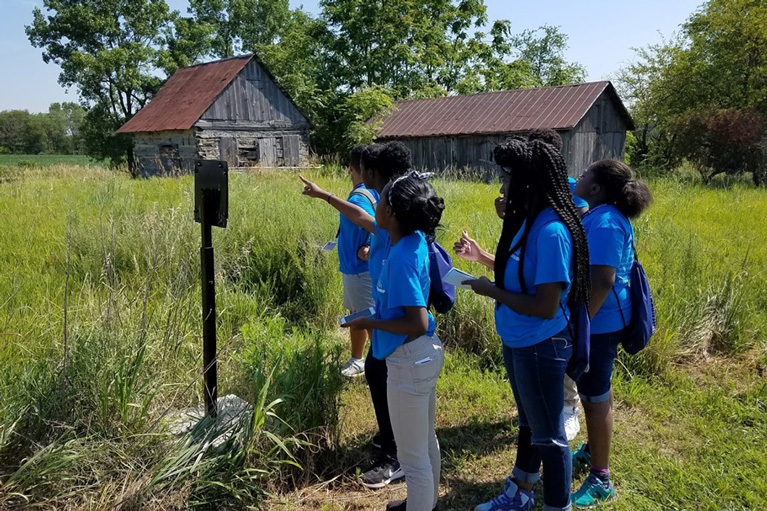
Black History Month Activities for Kids of All Ages
Each year in February, Boys & Girls Clubs, classrooms, companies and households across the nation celebrate Black History Month.
While celebrating the achievements of Black Americans and learning about our nation’s history shouldn’t be limited to one month, it’s a great opportunity for kids to deepen their knowledge, expand their perspective and advocate for a more equitable future.
After all, learning, celebrating and building perspective is what Black History Month is all about.
How did Black History Month get started?
Gerald Ford was the first president to officially recognize Black History Month in 1976, but it had origins long before that. In the 1920s, African American historian and scholar Carter G. Woodson kicked off efforts to promote the achievements of Black Americans and others of African descent.
Why do we celebrate Black History Month in February? Early celebrations included a national week dedicated to Black history, celebrated during the second week of February. This week marks the birthdays of President Abraham Lincoln, who signed the Emancipation Proclamation into effect, and abolitionist Frederick Douglass.
This week of celebrations was expanded to a month after the civil rights movement leading into the 1960s, with classrooms and college campuses honoring the contributions of Black Americans across U.S. history. For over 60 years, it’s served as a federally recognized national celebration spanning the full month of February.
The Importance of Black History Month for Kids
Kids of all races and ethnicities, ages and backgrounds can discover something new and important in learning about Black history, from the amazing achievements of Black Americans to a legacy of working toward something better.
Here are some reasons why it’s important to learn about Black history:
- Black youth can learn about people who look like them (representation matters). They can understand their ancestors’ accomplishments and obstacles, as well as how those translate to today.
- Since Black History Month was established to highlight the amazing achievements of Black people, it’s a great time to expand young people’s understanding of the Black experience. This goes beyond slavery and civil rights. From inventions to industry, cuisine to pop culture (and even the many “firsts” from our history-making Boys & Girls Club alumni), Black culture and contributions continue to have a lasting impact on our nation.
- For students learning about slavery and civil rights, this history can build their empathy and understanding. It can also strengthen their sense of justice and advocacy.
At Boys & Girls Clubs, kids explore Black history through lessons, programs, field trips and open dialogues. These can cover everything from historical trauma to inspiring Black icons to modern-day systemic issues. Through leadership programs, community service and raising their voices on critical issues, young people are inspired to build a world where everyone can thrive.

Meaningful Black History Month Activities for Kids
Here are some ideas for how to celebrate Black History Month that go beyond the textbook and get kids thinking about Black history.

Have young people explain Black History Month in their own words.
Asking someone to describe something is one of the best ways to spark critical thinking. It also establishes a safe space to talk through and interpret each other’s thoughts and understanding. Whether you’re talking with your child at home or teaching a class, encourage them to write down or say out loud how they might explain Black History Month to someone else.
This activity also extends to concepts like equality, civil rights and pride around heritage. As Club member Kayla describes:
“Equality means that I can do things that every other person can, it means being fair and being friends with whoever I want. As an African American, I can make things more equal if I share my voice.” — Kayla, age 9, Dr. Martin Luther King Jr. Boys & Girls Club, Chicago, IL
Pull together your favorite quotes from this experience into a final piece that reflects their thoughts. Whether it’s creating a video together — we love this one! — or a poem or posterboard, this gives youth something to refer back to throughout the month and in the years to come.

Focus on your child’s favorite interest or hobby – then explore Black contributors in that area.
Connecting history to areas of interest can help lessons “stick” and make learning fun. Is your child into art? Music? Food? Sports? Match their interest with the Black icons who’ve made (or are making) a difference in that field.
For a kid who loves music, try hosting a listening (and dance!) party featuring Black musical artists or different styles of Black and African American music throughout the ages. You can also discuss famous songs (such as Elvis Presley’s “Hound Dog”) that originated from Black singers (in this case, rhythm-and-blues singer Ellie Mae “Big Mama” Thornton) and listen to and talk about both versions.
In a school or Boys & Girls Club setting, this might involve setting up stations to “Write like Maya Angelou” or “Play like Jackie Robinson” with posted photos and facts where kids can enjoy activities like poetry writing or baseball, while learning about Black icons who paved the way.


Make learning opportunities, field trips and museum visits powerful through conversation.
Museums and historic sites are a wealth of knowledge, but for kids they can feel like a whole lot of staring and having things explained to them. To make museum-going and other learning opportunities more active, prepare conversation starters that inspire your child to share their questions, feelings and confusion.
Questions like “What surprised you most?” or “How did you feel when you learned about X?” can spark conversation and critical thinking on the drive home or at the dinner table. One Boys & Girls Club calls this their “debrief” after a trip — where Club teens share how retellings of history made them feel.
Need some quick ideas to get your Black History Month celebrations started? Check out our lightning-round list of age-appropriate activities:
Black History Month Activities for Toddlers and Younger Children
- Incorporate great books on Black history into your reading time — for toddlers, they don’t need to be history-related, but look to add books on your shelf that showcase the everyday lived experiences of Black kids and families.
- Lots of museums, libraries and authors also offer readings of children’s books locally and on YouTube.

Black History Month Activities for Elementary Students and Middle Schoolers
- Make a “Who Am I?” bulletin board featuring photos of historic Black Americans that open or flip to information about each person — shoutout to Boys & Girls Clubs of West-Central Wisconsin for this great idea!
- Get kids moving with this quick YouTube intro to beginner step. Step dance or stepping originates from African dance and can get active learners on their feet.
- Have students participate in Black History Month art projects for kids, such as making colorful mosaics inspired by artist Alma Thomas. Every year, Boys & Girls Club kids honor Black icons in STEM by creating artwork for UScellular’s Black History Month art contest.
Black History Month Activities for High School Students
- Have teens select a historic poem, song or speech by a Black icon and rewrite it for modern day.
- Watch a film that highlights the vital role of Black Americans in history — such as “Hidden Figures” — and have a discussion afterward.
- Explore the concept of “Afrofuturism” by watching films like “Black Panther” or reading science-fiction books by Octavia E. Butler that examine the cultures, histories and futures of Black people.
- Black history evokes the fight for human rights and voting rights. Teach young people about the importance of casting their ballot and planning to register to vote when they turn 18.
- Research local community plans for celebrating Black History Month and see how your teen can help support efforts.
This February and year-round, join us as we honor the contributions of Black people in this nation and champion the opportunities, access and dreams for generations to come.
Join the Club
Boys & Girls Clubs of America provides safe places, caring mentors and life-enhancing programs to millions of kids and teens annually. Join us on our mission of helping all young people reach their full potential: